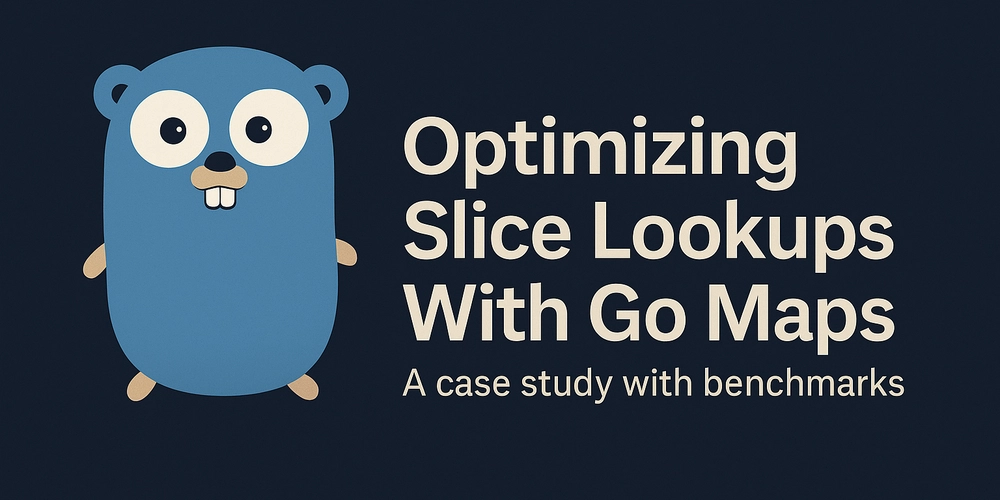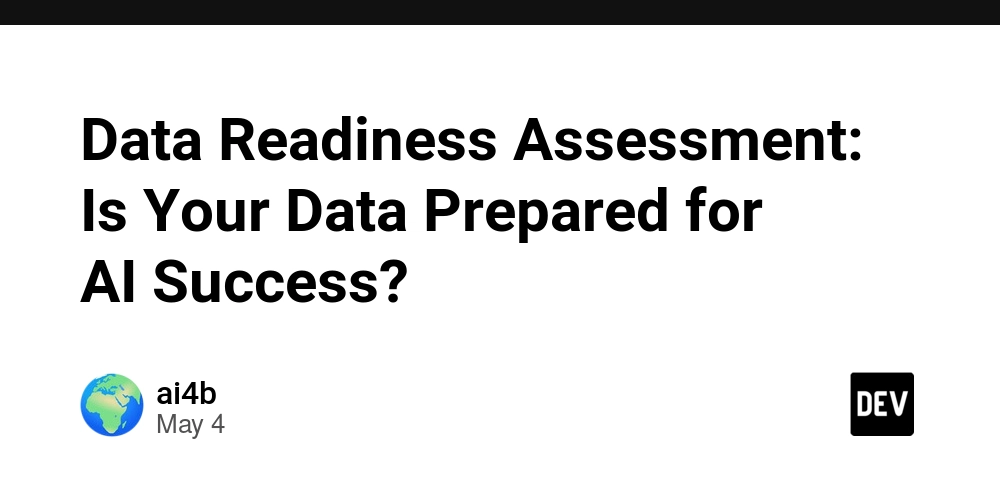How to Fix ProviderNotFoundException in Flutter App
Introduction If you're developing a Flutter application, you may encounter the ProviderNotFoundException error, as described in the sample you provided. This error indicates that the BuildContext used does not have access to the Provider you're trying to access, which can be particularly tricky when managing state across multiple screens or routes in your Flutter app. Understanding the ProviderNotFoundException The ProviderNotFoundException occurs when a widget tries to read a provider that hasn't been set up in its ancestor widget tree. This commonly happens in several scenarios: Hot Reload Issues: After adding a new provider, if you perform a hot reload instead of a hot restart, the application state may not fully recognize the new provider. Incorrect Widget Hierarchy: If your provider is declared in a different part of the widget tree than where it's being consumed, it won't be accessible. BuildContext Scope: This error can occur when you're trying to consume a provider with a BuildContext that is an ancestor of that provider. To address this issue, let’s explore the solutions by examining your code examples. Step-by-Step Solutions 1. Hot Restart Your Flutter App If you just added the provider in main.dart, make sure you perform a hot restart rather than a hot reload. This ensures that all widgets are rebuilt and can access the new provider. 2. Adjust Widget Hierarchy Make sure that the Products widget is within the scope of its corresponding provider. In your case, ensure that Products is called within MultiProvider context in main.dart: void main() async { WidgetsFlutterBinding.ensureInitialized(); await Firebase.initializeApp(); runApp(MyApp()); } class MyApp extends StatelessWidget { @override Widget build(BuildContext context) { return MultiProvider( providers: [ ChangeNotifierProvider(create: (context) => ProductProvider()), StreamProvider( create: (context) => FirestoreService().getProducts(), initialData: [], ), StreamProvider.value( value: AuthService().user, initialData: null, ), ], child: MaterialApp( debugShowCheckedModeBanner: false, home: Wrapper(), ), ); } } Make sure that when you're navigating to the Products screen, you're doing it after the provider has been set up. 3. Fix the Context Issue If you are directly consuming the provider within a widget but it cannot find it, try using a Builder to obtain a new BuildContext that is a descendant of the MultiProvider. Here’s an example of your Products widget using a builder: class Products extends StatelessWidget { @override Widget build(BuildContext context) { // Using builder context return Builder(builder: (context) { final products = Provider.of(context); return Scaffold( appBar: AppBar(...), body: ListView.builder( itemCount: products.length, itemBuilder: (context, index) { return ListTile(...); }, ), ); }); } } Frequently Asked Questions What is a Provider in Flutter? A Provider is a state management solution for Flutter that helps manage the state of your application and allows widgets to listen for changes in data smoothly. Why am I getting a ProviderNotFoundException? This error occurs because your widget's BuildContext does not have access to the provider you want to use. How can I share the provider across multiple screens? By ensuring your MultiProvider wraps your MaterialApp in the main.dart, all child widgets will have access to the provided state. Conclusion In summary, the ProviderNotFoundException can often be attributed to issues related to the widget tree hierarchy or using an incorrect BuildContext. By ensuring that your providers are correctly set up, and using a Builder where necessary, you can resolve this error effectively. If issues persist, remember to check the scope of your providers and try hot restarting your application to reset the state. Keep developing your Flutter app with confidence knowing how to address these common issues!

Introduction
If you're developing a Flutter application, you may encounter the ProviderNotFoundException error, as described in the sample you provided. This error indicates that the BuildContext used does not have access to the Provider you're trying to access, which can be particularly tricky when managing state across multiple screens or routes in your Flutter app.
Understanding the ProviderNotFoundException
The ProviderNotFoundException occurs when a widget tries to read a provider that hasn't been set up in its ancestor widget tree. This commonly happens in several scenarios:
- Hot Reload Issues: After adding a new provider, if you perform a hot reload instead of a hot restart, the application state may not fully recognize the new provider.
- Incorrect Widget Hierarchy: If your provider is declared in a different part of the widget tree than where it's being consumed, it won't be accessible.
-
BuildContext Scope: This error can occur when you're trying to consume a provider with a
BuildContextthat is an ancestor of that provider.
To address this issue, let’s explore the solutions by examining your code examples.
Step-by-Step Solutions
1. Hot Restart Your Flutter App
If you just added the provider in main.dart, make sure you perform a hot restart rather than a hot reload. This ensures that all widgets are rebuilt and can access the new provider.
2. Adjust Widget Hierarchy
Make sure that the Products widget is within the scope of its corresponding provider. In your case, ensure that Products is called within MultiProvider context in main.dart:
void main() async {
WidgetsFlutterBinding.ensureInitialized();
await Firebase.initializeApp();
runApp(MyApp());
}
class MyApp extends StatelessWidget {
@override
Widget build(BuildContext context) {
return MultiProvider(
providers: [
ChangeNotifierProvider(create: (context) => ProductProvider()),
StreamProvider>(
create: (context) => FirestoreService().getProducts(),
initialData: [],
),
StreamProvider.value(
value: AuthService().user,
initialData: null,
),
],
child: MaterialApp(
debugShowCheckedModeBanner: false,
home: Wrapper(),
),
);
}
}
Make sure that when you're navigating to the Products screen, you're doing it after the provider has been set up.
3. Fix the Context Issue
If you are directly consuming the provider within a widget but it cannot find it, try using a Builder to obtain a new BuildContext that is a descendant of the MultiProvider. Here’s an example of your Products widget using a builder:
class Products extends StatelessWidget {
@override
Widget build(BuildContext context) {
// Using builder context
return Builder(builder: (context) {
final products = Provider.of>(context);
return Scaffold(
appBar: AppBar(...),
body: ListView.builder(
itemCount: products.length,
itemBuilder: (context, index) {
return ListTile(...);
},
),
);
});
}
}
Frequently Asked Questions
What is a Provider in Flutter?
A Provider is a state management solution for Flutter that helps manage the state of your application and allows widgets to listen for changes in data smoothly.
Why am I getting a ProviderNotFoundException?
This error occurs because your widget's BuildContext does not have access to the provider you want to use.
How can I share the provider across multiple screens?
By ensuring your MultiProvider wraps your MaterialApp in the main.dart, all child widgets will have access to the provided state.
Conclusion
In summary, the ProviderNotFoundException can often be attributed to issues related to the widget tree hierarchy or using an incorrect BuildContext. By ensuring that your providers are correctly set up, and using a Builder where necessary, you can resolve this error effectively. If issues persist, remember to check the scope of your providers and try hot restarting your application to reset the state. Keep developing your Flutter app with confidence knowing how to address these common issues!











































































![Apple Shares New Mother's Day Ad: 'A Gift for Mom' [Video]](https://www.iclarified.com/images/news/97267/97267/97267-640.jpg)
![Apple Developing New Chips for Smart Glasses, Macs, AI Servers [Report]](https://www.iclarified.com/images/news/97269/97269/97269-640.jpg)
![Apple Shares Official Trailer for 'Stick' Starring Owen Wilson [Video]](https://www.iclarified.com/images/news/97264/97264/97264-640.jpg)














































































































 Evolved as a Predominant Framework for Ransomware Attacks.webp?#)



_Aleksey_Funtap_Alamy.jpg?width=1280&auto=webp&quality=80&disable=upscale#)
_Sergey_Tarasov_Alamy.jpg?width=1280&auto=webp&quality=80&disable=upscale#)
























































































































![[The AI Show Episode 146]: Rise of “AI-First” Companies, AI Job Disruption, GPT-4o Update Gets Rolled Back, How Big Consulting Firms Use AI, and Meta AI App](https://www.marketingaiinstitute.com/hubfs/ep%20146%20cover.png)


















































































































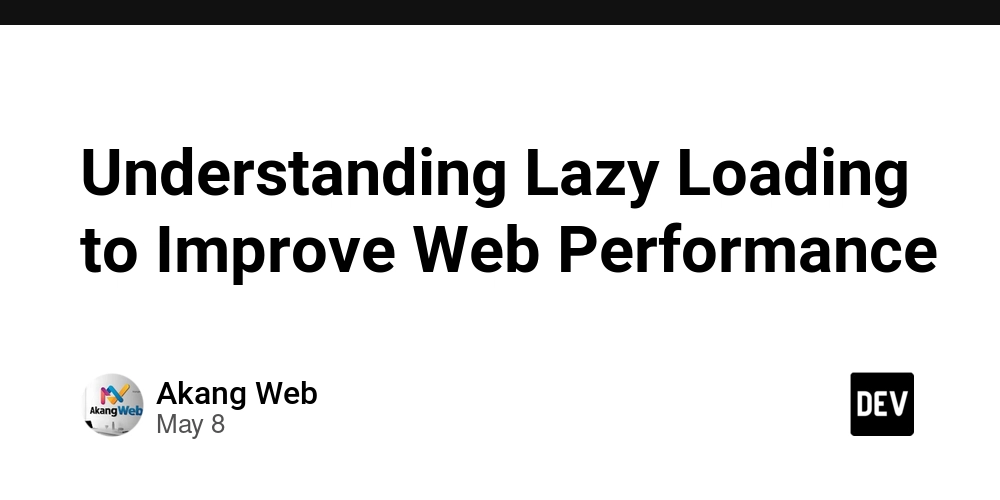










































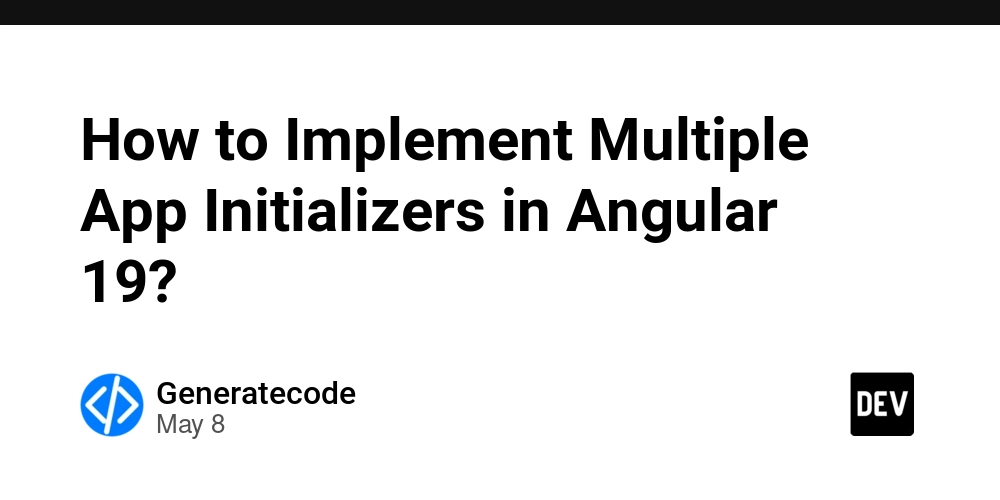
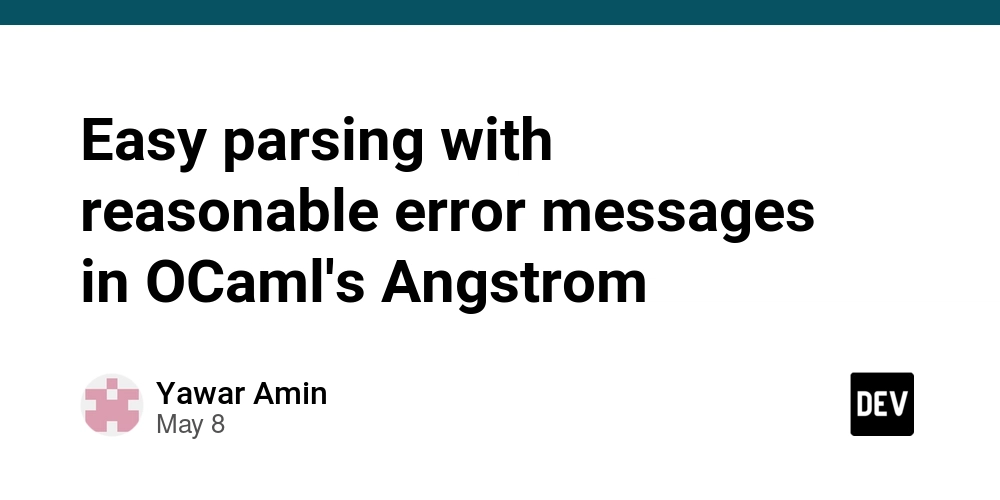
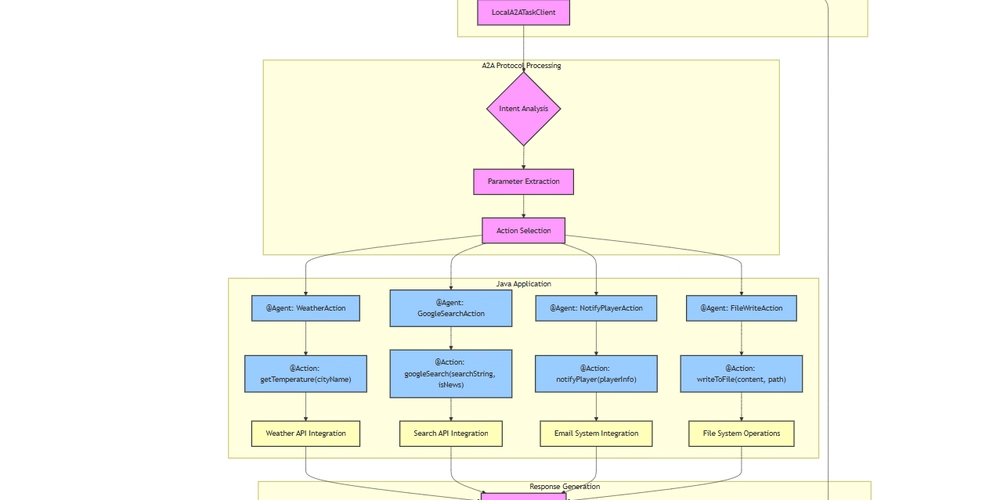




![[DEALS] The Premium Python Programming PCEP Certification Prep Bundle (67% off) & Other Deals Up To 98% Off – Offers End Soon!](https://www.javacodegeeks.com/wp-content/uploads/2012/12/jcg-logo.jpg)





























-Mafia-The-Old-Country---The-Initiation-Trailer-00-00-54.png?width=1920&height=1920&fit=bounds&quality=70&format=jpg&auto=webp#)
































































